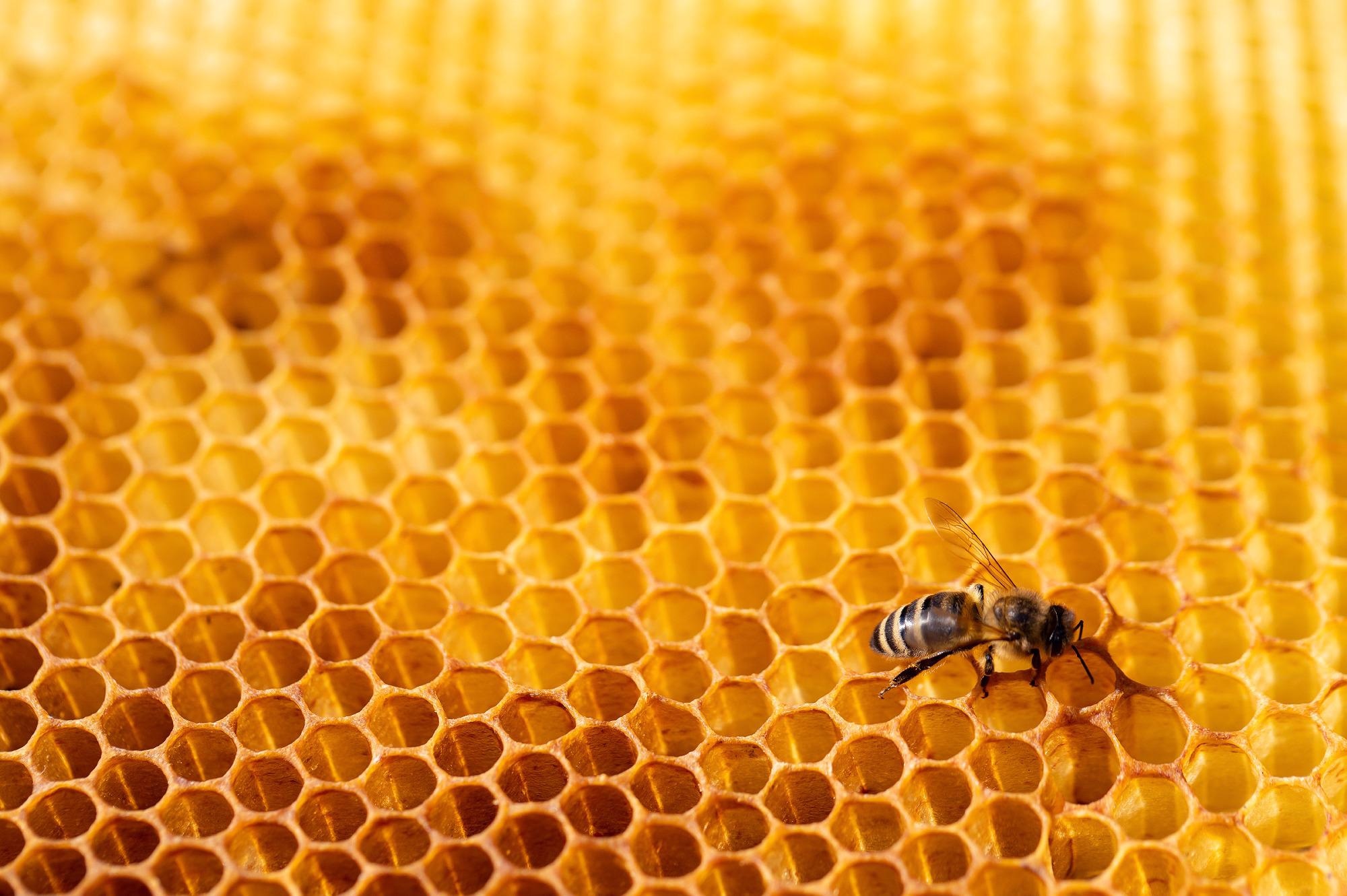
Image Credit: Shutterstock.com/ Kirill Gorshkov
What’s more, the sensor’s design incorporates a modified screen-printed electrode that facilitates rapid detection of the dangerous compound, in just a matter of minutes. Full details of the development study have been recently published in the journal Food Chemistry.1
Nitrobenzene is a known toxin used in industry as a solvent that enters the environment and food chain as a result of industrial toxic waste. According to the United States Environmental Protection Agency, nitrobenzene is classified as “likely to be carcinogenic to humans” by any route of exposure.2
Prolonged exposure can also produce a range of other side effects, including impaired vision, nausea and fatigue, as well as causing damage to the central nervous system, liver and kidneys.
Thus, it is essential that even just trace levels of the substance are detected so that appropriate action can be taken to ensure consumer safety in the long term.
Nitrobenzene & Honey
Honey is one of the foods known to be particularly vulnerable to nitrobenzene contamination as it is used as an anti-acarapidosis agent in adult bees. Acarapidosis is a contagious and invasive disease that can cause significant depletion and even death of entire bee colonies.
The disease is typically transmitted as a result of a tick infestation in a hive: nitrobenzene is then used as a pesticide that targets said ticks. Already, there are various methods of nitrobenzene detection in the laboratory, including chromatographic, spectrographic and electrochemical techniques.
However, most of the current methods available to scientists in the laboratory are expensive, labor- and time-intensive which in turn makes them limited in their application for rapid, on-site analysis. Yet, due to the portability of electrochemical methods, there is the possibility that this approach could be advanced for cost-effective on-site detection.
The sensitivity and accuracy of such analyzers are determined by the structure of the ‘recognizer’ – the so-called receptor layer. As a rule, it consists of enzymes, universal biological catalysts, which, along with some advantages, have a high cost and low chemical stability.
Alisa Kozitsina, Head of the Research Group, Professor at Ural Federation University.
Modified Approaches
The research team at Ural and the Potovsky Institute modified a screen-printed electrode using a group of organic compounds, known as diazines, as a replacement for enzyme-based systems.
While the principle is similar to portable enzyme-based analyzers, the modification using the 1,3/1,4-diazine class enables selective interaction with the nitrobenzene compounds.
What this means is that the diazine compounds can pull the nitrobenzene out of the sample and onto the electrode of the sensor. The team claims that this then facilitates a portable detection method with ultrasensitive detection and minimized labor costs.
Unlike optical spectral analyzers currently used to search for nitrobenzene, electrochemical sensors are miniature, easy to manufacture, and require an ultra-small amount of the analyzed product. Our recognition system and the prototype of an electrochemical sensor have no direct analogs in the world.
Tatiana Svalova, Ural Federal University
Armed with their innovative approach, researchers were able to determine harmful amounts of nitrobenzene in commercial honey samples that other methods would have missed. The modified sensor demonstrated excellent sensitivity and accuracy with a low detection limit of 0.107 mm for nitrobenzene in the honey samples.
Due to the portability of this approach, the method can be applied both in the laboratory as well as in real-time on-site scenarios, making it a key development for food safety standards. The team’s next objective is making the sensors universally accepted while working on developing new analytical systems for the detection of harmful compounds.
References and Further Reading
Svalova, T., Et. Al, (2021) Rapid and sensitive determination of nitrobenzene in solutions and commercial honey samples using a screen-printed electrode modified by 1,3-/1,4-diazines. Food Chemistry, [online] 372, p.131279. Available at: https://doi.org/10.1016/j.foodchem.2021.131279
Cfpub.epa.gov. (2021) Nitrobenzene CASRN 98-95-3 | DTXSID3020964 | IRIS | US EPA, ORD. [online] Available at: https://cfpub.epa.gov/ncea/iris2/chemicalLanding.cfm?substance_nmbr=79
Urfu.ru. (2021) Ученые создали экспресс-датчик для определения токсичности меда. [online] Available at: https://urfu.ru/ru/news/38507/
Disclaimer: The views expressed here are those of the author expressed in their private capacity and do not necessarily represent the views of AZoM.com Limited T/A AZoNetwork the owner and operator of this website. This disclaimer forms part of the Terms and conditions of use of this website.